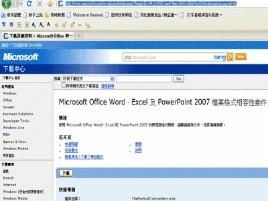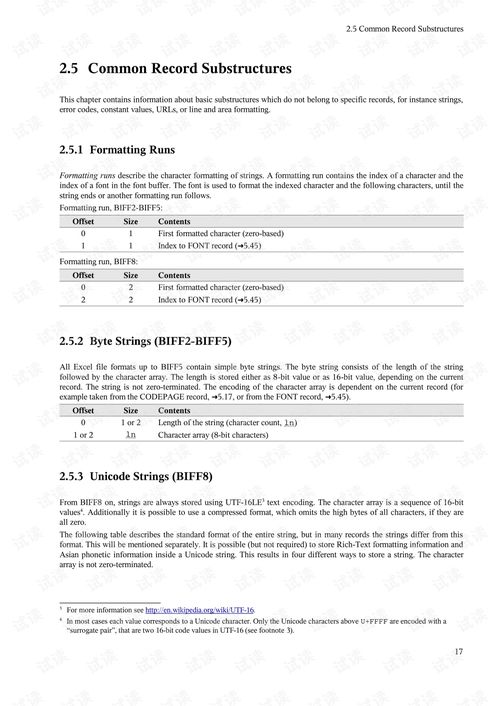
MKV File Format: A Comprehensive Guide for You
Have you ever come across a file with the .mkv extension and wondered what it stands for or how it differs from other video formats? MKV, short for Matroska, is a container format that has gained popularity for its versatility and ability to store multiple audio, video, and subtitle streams in a single file. In this detailed guide, I’ll walk you through the ins and outs of the MKV file format, covering its history, technical specifications, and practical uses.
History of MKV

The Matroska project was initiated in 2002 by a group of developers who were looking for a more efficient and flexible container format for multimedia content. The name “Matroska” is derived from the Russian word for “matryoshka,” a traditional Russian nesting doll. The project aimed to create a format that could handle various types of multimedia content, including audio, video, and subtitles, while maintaining high-quality compression and compatibility with a wide range of devices.
Technical Specifications

Here’s a breakdown of the key technical specifications of the MKV file format:
| Feature | Description |
|---|---|
| Container Format | MKV is an open-source, free container format that can store various types of multimedia content in a single file. |
| Support for Multiple Streams | MKV files can contain multiple audio, video, and subtitle streams, allowing for greater flexibility in content delivery. |
| High-Quality Compression | MKV files use efficient compression algorithms to reduce file size without sacrificing quality. |
| Open Source | The MKV format is open-source, meaning that anyone can view, modify, and distribute the source code. |
One of the standout features of the MKV format is its support for multiple audio and subtitle streams. This means that you can have multiple language tracks, commentary, or even different audio formats like Dolby Atmos or DTS:X within a single file. This makes MKV an excellent choice for movies, TV shows, and other multimedia content that requires multiple language options.
Practical Uses

Now that you understand the technical aspects of the MKV file format, let’s explore some practical uses:
-
High-Quality Video Content: MKV files are often used to store high-quality video content, such as 4K or 8K videos, without excessive file size.
-
Multi-Language Support: MKV files are ideal for movies and TV shows that require multiple language tracks, as they can store multiple audio streams in a single file.
-
Customizable Subtitles: MKV files support customizable subtitles, allowing users to adjust the font, size, and color to their preference.
-
Archiving: MKV files are a great choice for archiving multimedia content, as they can store multiple streams and are compatible with a wide range of devices.
Compatibility and Players
One of the concerns many users have about the MKV file format is compatibility. While MKV is an open-source format, not all devices and media players support it natively. However, there are several popular media players that offer MKV support:
-
VLC Media Player: A free and open-source media player that supports a wide range of video and audio formats, including MKV.
-
PotPlayer: A lightweight media player that offers excellent MKV support and a user-friendly interface.
-
MPV: An open-source media player that is known for its speed and efficiency, and supports MKV files.
Additionally, many modern streaming devices and smart TVs support MKV files, making it easier to enjoy your multimedia content on various platforms.
Conclusion
In conclusion, the MKV file format is a versatile and efficient container format that offers numerous advantages over other video formats. Its ability to store multiple audio, video, and subtitle streams in a single file, along with its high-quality compression and open-source nature, makes it an excellent choice for multimedia content





